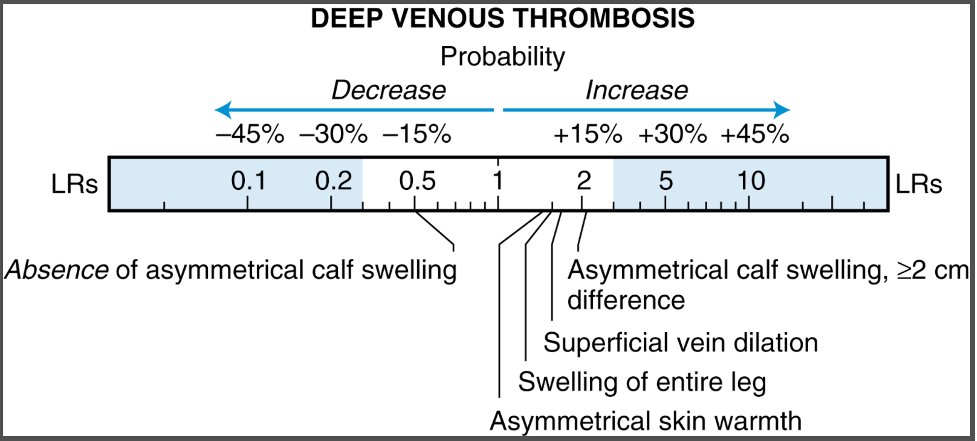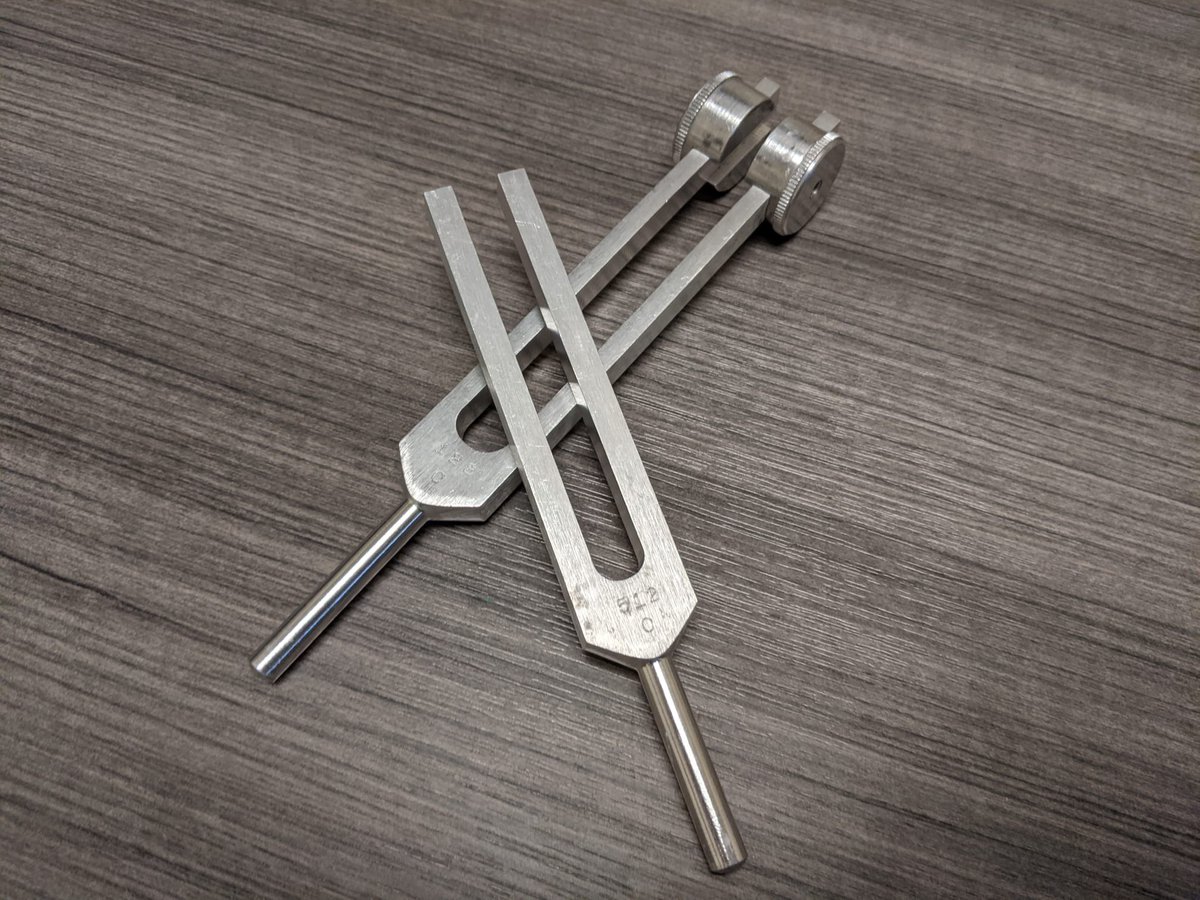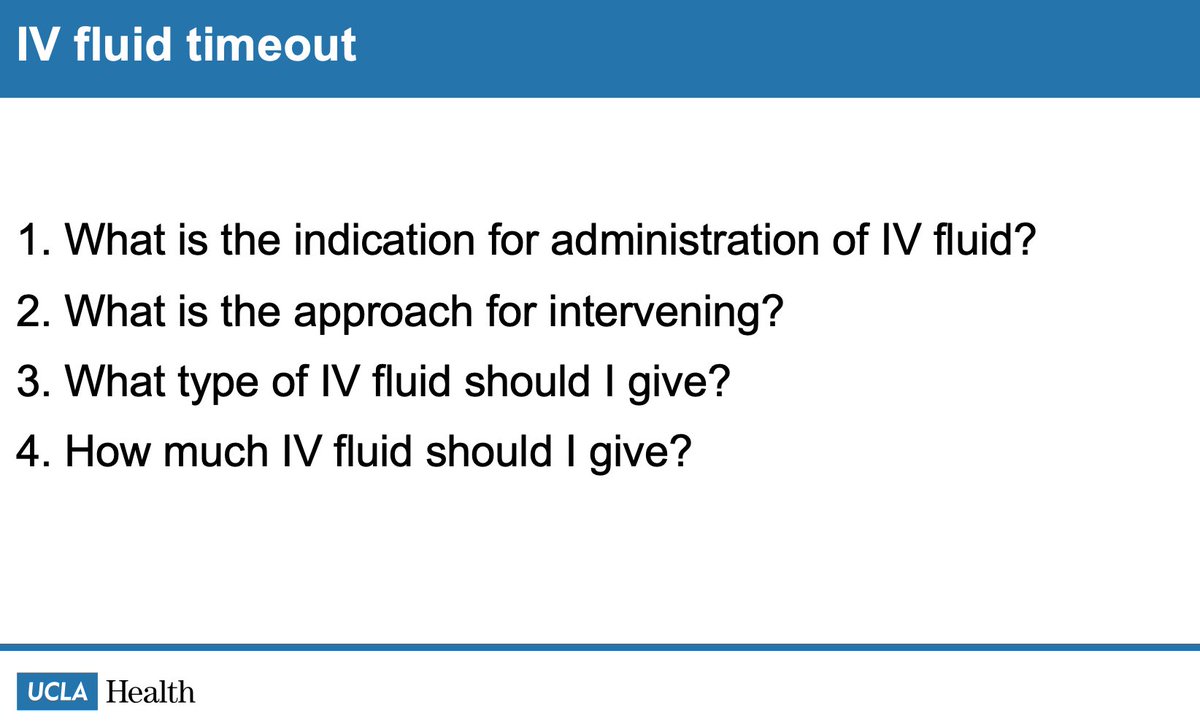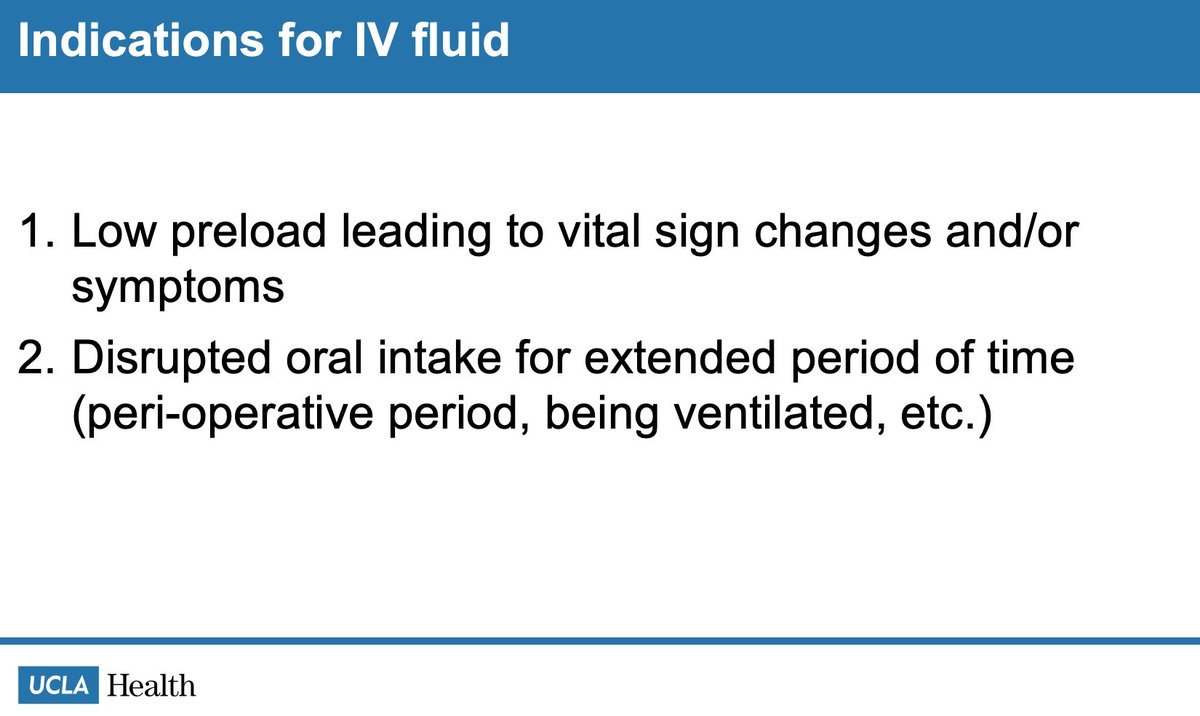
1/7 Spacers confused me, so I wanted to sort them out. Let’s start with a question - what type of inhalers can benefit from a spacer?
#MedTwitter #FOAMed #MedEd #MedStudentTwitter #PulmTwitter
#MedTwitter #FOAMed #MedEd #MedStudentTwitter #PulmTwitter
2/7 Metered dose inhaler (MDIs) are best used with a spacer! Pressurized devices were invented far earlier, but the technology was adapted to treat asthma in the form of an MDI in 1957 by Riker Labs. smithsonianmag.com/innovation/his… 

3/7 MDIs have various advantages and disadvantages, some of which can be mitigated by spacers.
rc.rcjournal.com/content/50/9/1…

rc.rcjournal.com/content/50/9/1…


4/7 Here is a fantastic review about spacers, including an overview and considerations of different spacer characteristics. ow.ly/EDs730keDOw 

5/7 The CDC has a nice fact sheet about proper spacer use. Given how many steps there are, it’s not surprising that they are not used with perfect technique!
cdc.gov/asthma/pdfs/In…
cdc.gov/asthma/pdfs/In…
6/7 An article from CHEST in 1989 even suggests that MDIs might be as effective as nebulizers (specifically in sympathomimetics)!
doi.org/10.1378/chest.…
doi.org/10.1378/chest.…

7/7 In summary:
1️⃣ MDIs are the only type of inhaler that require a spacer
2️⃣ Spacers can be beneficial if used with proper technique
3️⃣ Proper technique is very difficult to execute
Please share any thoughts!
1️⃣ MDIs are the only type of inhaler that require a spacer
2️⃣ Spacers can be beneficial if used with proper technique
3️⃣ Proper technique is very difficult to execute
Please share any thoughts!
• • •
Missing some Tweet in this thread? You can try to
force a refresh











